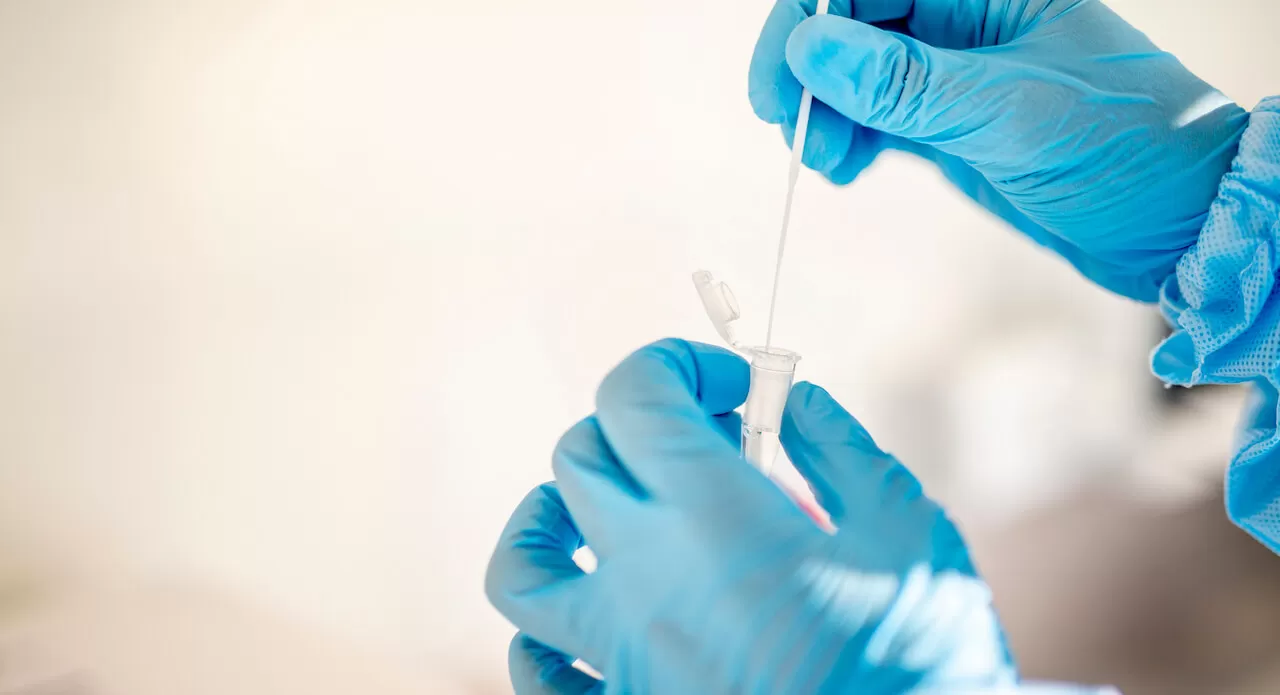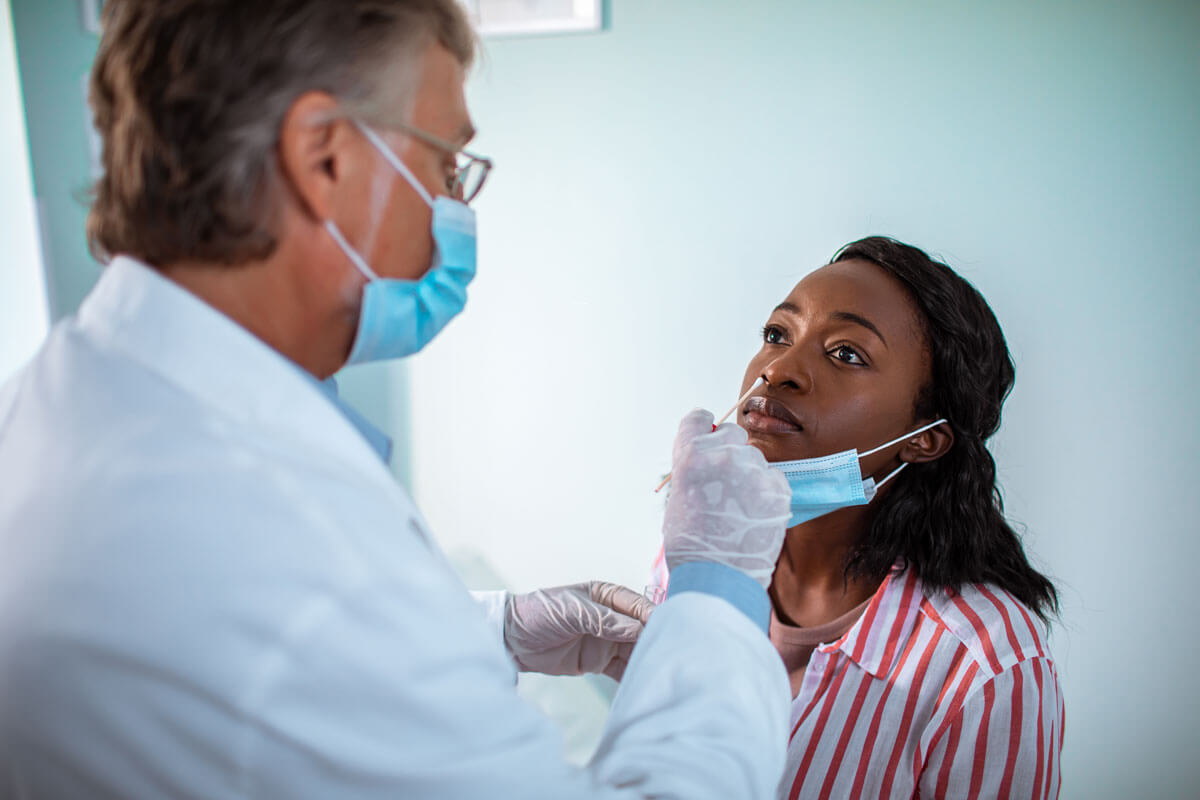Understanding COVID-19 Testing Methods


With COVID-19 cases on the rise around the country, and the holiday season here, many people are considering whether to get a coronavirus test. Diagnostic testing is a critical tool in helping to understand and control the spread of the virus. And for indviduals, test results help to guide their medical treatment and whether they need to self-isolate.
While testing is an important tool, making sense of the testing landscape has been complex and confusing for many, says Renee Yura, who leads companion diagnostics programs at Pfizer’s Kendall Square, Cambridge, research site.
Since the FDA authorized the first PCR test back in March, advances in COVID-19 diagnostics have made testing faster and more convenient for many. All tests at that time required samples to be collected high in the nasal cavity, which was not only uncomfortable but meant a mandatory in-person visit with a health professional. Several new tests work with easy-to-collect samples like lower nasal samples or saliva. This has led the FDA to authorize several companies to offer home collection kits, where samples can be returned to the lab by mail, and results are received without stepping foot in a clinic.
Another breakthrough in SARS-CoV-2 testing came with the development of rapid antigen tests which provide results in typically less than 20 minutes, and are simpler and more cost-effective than PCR tests, though not as reliable.
There are three main types of COVID-19 tests. To learn more about them, read our guide below.
Diagnostic PCR test
What it tests for: It’s used to determine if a person is actively infected with SARS-CoV-2, the virus that causes COVID-19.
How it’s done: The test is typically performed on a nasal swab or saliva sample.
How it works: The test uses a technology known as polymerase chain reaction (PCR) to detect trace amounts of genetic material of SARS-CoV-2. Once a swab is taken, its viral RNA is isolated from the sample and then converted into a complimentary strand of DNA. Then using the PCR technique, the DNA is multiplied to create thousands of copies, allowing a large enough sample to test for SARS-CoV-2 genes.
Interpreting results: “PCR tests are very sensitive,” says Yura. “They will tell you if there is RNA in the sample from the virus of interest.” But, the PCR test can’t distinguish between whether the infection is contagious. “If you have positive PCR results and you also have a dry cough, fever, and other symptoms that are consistent with COVID-19, that is stronger evidence that you have an active infection and could infect others you come into contact with,” says Yura.
The currently available PCR tests can only determine whether the virus is detected or not, but not the quantity of virus present (i.e. viral load). To test the effectiveness of some COVID-19 treatments under study and help give individuals guidance on when they may no longer need to quarantine, having a test that is able to measure the change in viral load or whether the viral load detected is insufficient to be contageous would be helpful, says Yura.
Diagnostic Antigen test:
What it tests for: It’s used to determine if a person is actively infected with SARS-CoV-2, the virus that causes COVID-19.
How it’s done: The test is typically performed on a nasal or throat swab sample.
How it works: The test detects fragments of specific viral proteins. After a swab is collected, the sample is mixed with a liquid and then placed on a testing strip. As the sample flows down the test strip, SARS-CoV-2 antibodies in the test can recognize and bind to viral protein fragments, if present. This protein fragment-antibody complex appears as a visible, colored line.
Interpreting results: A key benefit of the antigen test is the rapid turaround time. However, since they are not as sensitive as a PCR test, they may not detect all active infections, meaning there is a higher chance of false negatives. Sometimes, negative results from an antigen test may need to be confirmed with a PCR test (e.g. when other symptoms are present).
Antibody or serology test:
What it tests for: It tests whether a person likely had a previous SARS-CoV-2 infection. The test does not diagnose an active infection or provide information about long-term immunity.
How it’s done: It’s a blood test.
How it works: The test is designed to detect specific antibodies against the SARS-CoV-2 virus, either immunoglobulin M (IgM) and/or immunoglobulin G (IgG). IgM antibodies appear within a few days of being infected, and then within about two to three weeks, IgG antibodies will ramp up. “It’s a process called seroconversion, where the body produces antibodies so that it can remember what it was infected with,” says Yura.
Interpreting results: Researchers don’t have enough data to conclude that a positive antibody test means a person will have immunity against the SARS-CoV-2. If they do have immunity, we do not know how long that immunity will last.





